CEE Timeline
Our mission is enduring – there is always a next generation of students to support in building lives of stability and mobility using the tools and knowledge they gain from CEE. See how far we’ve come in the past 75 years.

CEE, originally named the Joint Council for Economic Education, is founded to train teachers and integrate economic education in school curriculums across the nation.

First state council for economic education is established in Massachusetts.

American Economic Association affiliates with CEE.
CEE's first university-based center for the study of economic education is founded at the University of Illinois.
CEE authors Task Force Report on Economic Education in the Schools

The Calvin K. Kazanjian Economics Foundation, Inc. establishes the first teacher awards program through CEE.
The Education Conference, today expanded to be the Financial Literacy and Economic Education Conference, is in its 63rd year! Come join us this September in Cleveland, OH.

CEE develops the American Economy television series to educate teachers at home. American Economy is shown on over 241 television stations across the country.
CEE publishes the Test of Economic Understanding or TUCE, a standardized test of economics nationally norm-referenced for use at the undergraduate level, primarily targeting introductory or principles-level coursework in economics.
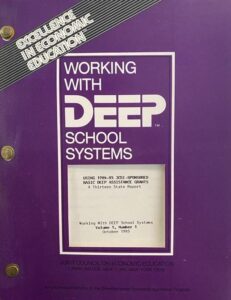
CEE initiates Developmental Economic Education Project (DEEP), connecting K-12 schools with university-based economics centers to improve K-12 economic education.
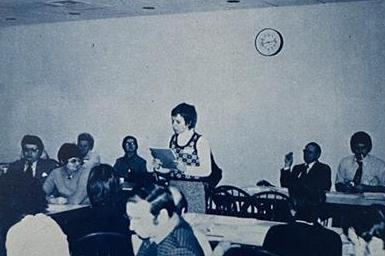
CEE affiliates run 73 workshops in one summer.
"Economic Education: A Part of the Main," an award-winning film based on the CEE's program, is viewed by 6.5 million people.
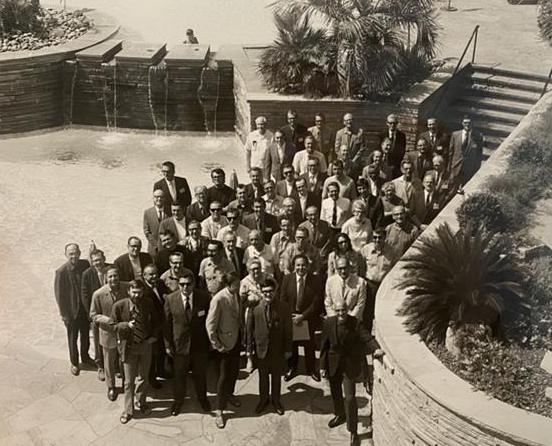
The first national meeting of the center directors is held.
The Journal of Economic Education is established with support from CEE and the American Economic Association.
International Paper Company Foundation begins support of the National Awards for Teaching Economics.
CEE formally affiliates with American Association of College Teacher Education, the American Association of Collegiate Schools of Business, the American Economic Association of Collegiate Schools and the eight professional groups within the National Education Association of Collegiate Schools.
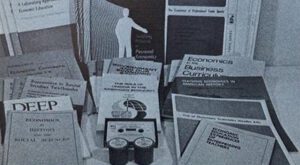
CEE publishes a framework for teaching economics.

CEE in partnership with the Agency for Instructional Technology (AIT) and the Canadian Foundation for Economic Education (CFEE), releases "Trade-Offs," hosted by Gene Shalit, the first national video program for elementary students on economics.

CEE's 550 DEEP systems enroll over 9.5 million students. An estimated 33,000 teachers attend network-sponsored in-service programs.

CEE publishes new teaching strategies for high school economics courses and teaching strategies for consumer economics.
State councils on economic education operate in all 50 states with 272 centers for economic education.
Income/Outcomes is launched, CEE's first national computer program for teaching economics.
CEE publishes its first Advanced Placement Economics course materials.
The Choices & Changes initiative was created with primary support from the Ford Foundation and the Sears-Roebuck Foundation. This four-part program aims to show at-risk students that they possess the capability to make positive decisions.

The JCEE changes its name to the National Council on Economic Education (NCEE).

Funding from the National Science Foundation, CEE and the Nebraska Council on Economic Education helps develop "Virtual Economics," a CD-ROM containing teacher resources for economic education.
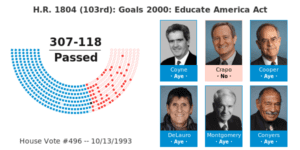
Economics is included in the Federal Goals 2000.
CEE receives a $1.5 million grant from the U.S. Department of Education for its international program training the countries of the former Soviet Union, Central, and Eastern Europe.

EconEdLink, an interactive economic education site, launched—now reaching half a million unique users a year.

Voluntary National Content Standards in Economics lays out content and skills critical for a young person to know by grade level.

CEE launches the Survey of the States to field and publish a detailed account of the current state of economic education in the U.S. and better inform advocacy efforts.

CEE hosts the first National Economics Challenge with 1,400 participants – today, over 8,000 students participate each year.

CEE publishes the first edition of Financial Fitness for Life, a personal finance publication that helps teachers prepare students for life beyond the classroom by presenting materials based on real-world concepts in a way that reinforces learning through practice.

Originally created by the Missouri Council on Economic Education, the Nebraska Council on Economic Education and CEE partnered to expand the Challenge. Today, the National Personal Finance Challenge has over 15,000 students participate from over 30 states.

The NCEE changes its name to the Council for Economic Education (CEE).

Nan J. Morrison named CEO of the Council for Economic Education.

Barry Haimes, Managing Partner at Sage Asset Management, serves as Board Chair 2011-2021.

Invest in Girls (IIG) becomes a program of CEE to access CEE’s national network. Founded in 2010 and piloted in Boston, today IIG is offered nationwide.
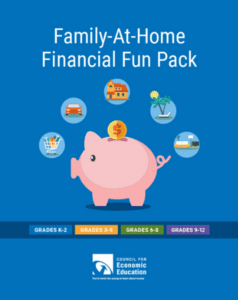
In response to Covid-19, CEE creates the Family-At-Home Financial Fun Pack, a curated set of materials for K-12 students and their families to learn personal finance from home.

Rebecca Patterson, chief investment strategist at Bridgewater Associates, named as the new board chairperson.
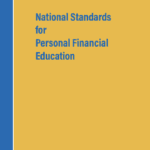
CEE and the Jump$tart join together to issue a unified set of national standards to promote effective, comprehensive financial education for K-12 students.

CEE launches new brand architecture to communicate CEE's full offerings in a simple structure.

CEE, in partnership with Visa, launches FinEd50, an initiative that advocates for positive change in personal finance education policy at the state level.

CEE celebrates 75 years of leadership in training teachers in economics and personal finance education, reaching over 5 million students annually.






